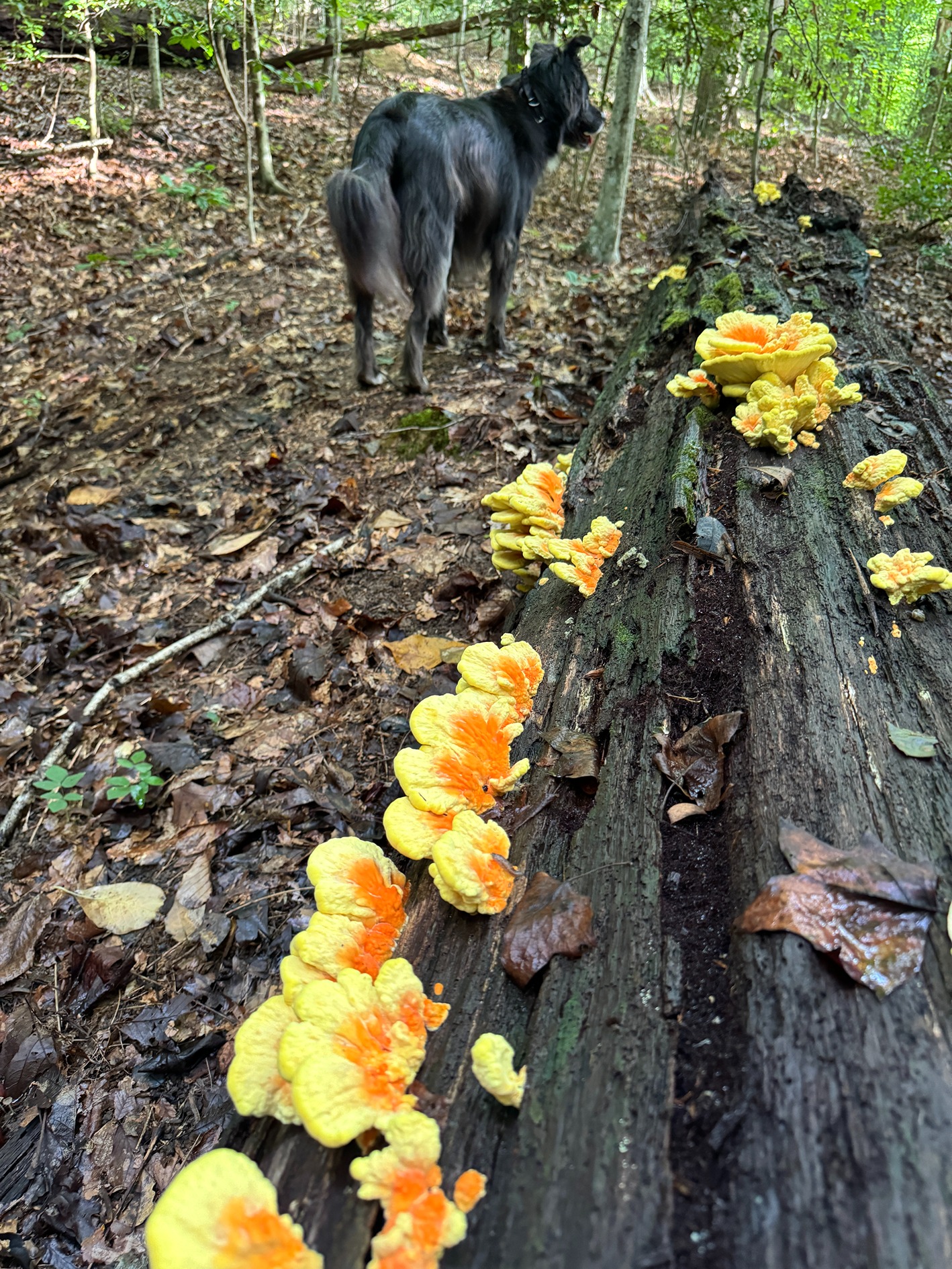
What is oak decline? As you travel through the Richmond area, you can definitely see some areas where mature oak trees are having serious issues. Oak decline is thrown out as a reason, but it is not a very satisfactory answer. Basically, oak decline states that multiple stresses accumulate to weaken the trees – then root rot, boring insects, and canker finish the trees off.
I suggest that there is a very different reason as to why people are talking about oak decline in our urban forest. It is the lack of young oak trees. In many areas there are 60 to 90 year old oak trees, but very few 3 to 30 year old oaks. The next generation of trees hasn’t been given a chance.
I’ve been told that all of the chestnut oaks in Richmond are dying off. The seedlings (shown in the image above) disagree. They are ready to make a new generation of chestnut oaks if they are left to grow.
Oak trees are mortal. They have a lifespan. Urban conditions add stress to trees. Climate extremes add stress as well. We should expect this to make their lifespan a little shorter.

A neighborhood with a mature stand of oak trees is beautiful. But if there are no young trees, it will not last past this generation.
I may suggest that the biggest issue with oak decline isn’t that old oaks are dying – it is that we have not done a very good job of replacing them with young oak trees. If you love your trees, you can definitely do some things to minimize their stress and extend their life span for a while. But sooner or later, they will die.
If you love living in an urban forest, planting new trees and letting some oak seedlings grow into the next generation is probably more important than taking care of the old trees. If we can do this, oak decline will, well… decline.


